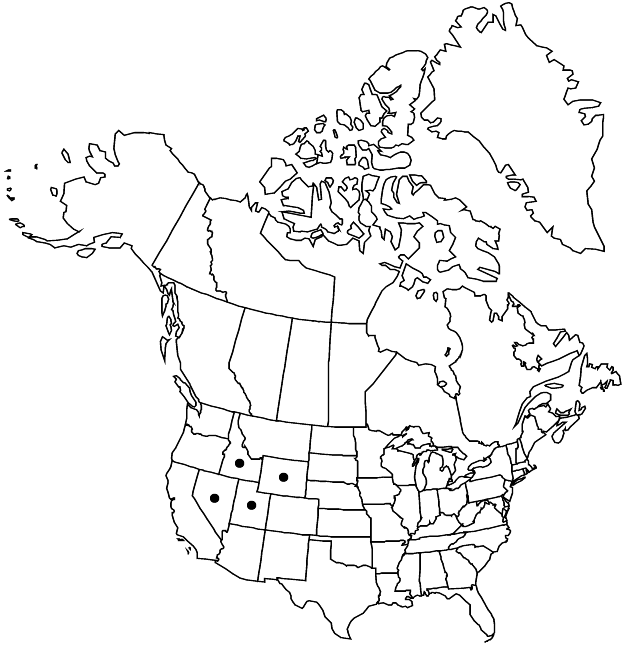Difference between revisions of "Eriogonum brevicaule var. bannockense"
Harvard Pap. Bot. 9: 160. 2004.
FNA>Volume Importer |
FNA>Volume Importer |
||
| Line 8: | Line 8: | ||
}} | }} | ||
|common_names=Bannock wild buckwheat | |common_names=Bannock wild buckwheat | ||
| − | |basionyms={{Treatment/ID/ | + | |basionyms={{Treatment/ID/Basionym |
|name=Eriogonum chrysocephalum subsp. bannockense | |name=Eriogonum chrysocephalum subsp. bannockense | ||
|authority=S. Stokes | |authority=S. Stokes | ||
| + | |publication_title=Leafl. W. Bot. | ||
| + | |publication_place=3: 200. 1943 | ||
}} | }} | ||
|synonyms={{Treatment/ID/Synonym | |synonyms={{Treatment/ID/Synonym | ||
| Line 54: | Line 56: | ||
|publication year=2004 | |publication year=2004 | ||
|special status= | |special status= | ||
| − | |source xml=https://jpend@bitbucket.org/aafc-mbb/fna-data-curation.git/src/ | + | |source xml=https://jpend@bitbucket.org/aafc-mbb/fna-data-curation.git/src/f6b125a955440c0872999024f038d74684f65921/coarse_grained_fna_xml/V5/V5_507.xml |
|subfamily=Polygonaceae subfam. Eriogonoideae | |subfamily=Polygonaceae subfam. Eriogonoideae | ||
|genus=Eriogonum | |genus=Eriogonum | ||
Revision as of 20:09, 24 September 2019
Plants pulvinate and cespitose, (0.3–)0.5–1.2(–1.5) × 1–2.5 dm. Aerial flowering stems erect, scapelike, 0.3–1.5 dm, tomentose. Leaves: blade narrowly oblanceolate to oblanceolate, (0.8–)1–4(–4.5) × (0.3–)0.4–0.8 cm, densely tomentose abaxially, tomentose to floccose and grayish to greenish adaxially, margins plane (rarely crenulate in Wyoming). Inflorescences capitate, 1–2 cm; branches absent. Involucres 3–6 per cluster, turbinate, 2.5–4 × 2–3 mm, floccose to tomentose. Flowers 2–3 mm; perianth yellow or, rarely, ochrocephalous, glabrous.
Phenology: Flowering Jun–Sep.
Habitat: Sandy or shaley to gravelly flats and slopes, mixed grassland, sagebrush, and mountain mahogany communities, oak-juniper, pinyon-juniper, or montane conifer woodlands
Elevation: 1800-2800 m
Distribution

Idaho, Nev., Utah, Wyo.
Discussion
Variety bannockense is found in widely scattered sites in southeastern Idaho (Bannock, Bear Lake, Bonneville, Cassia, and Franklin counties), northeastern Nevada (Elko County), northwestern Utah (Box Elder and northern Tooele counties) and southwestern Wyoming (Fremont, Lincoln, Sublette, and Teton counties). In habit it is similar to the more western E. desertorum, and a sharp, morphologic distinction is not always obvious between the two. Geographically the two approach each other in Box Elder County, Utah, and in Elko County, Nevada.
Selected References
None.